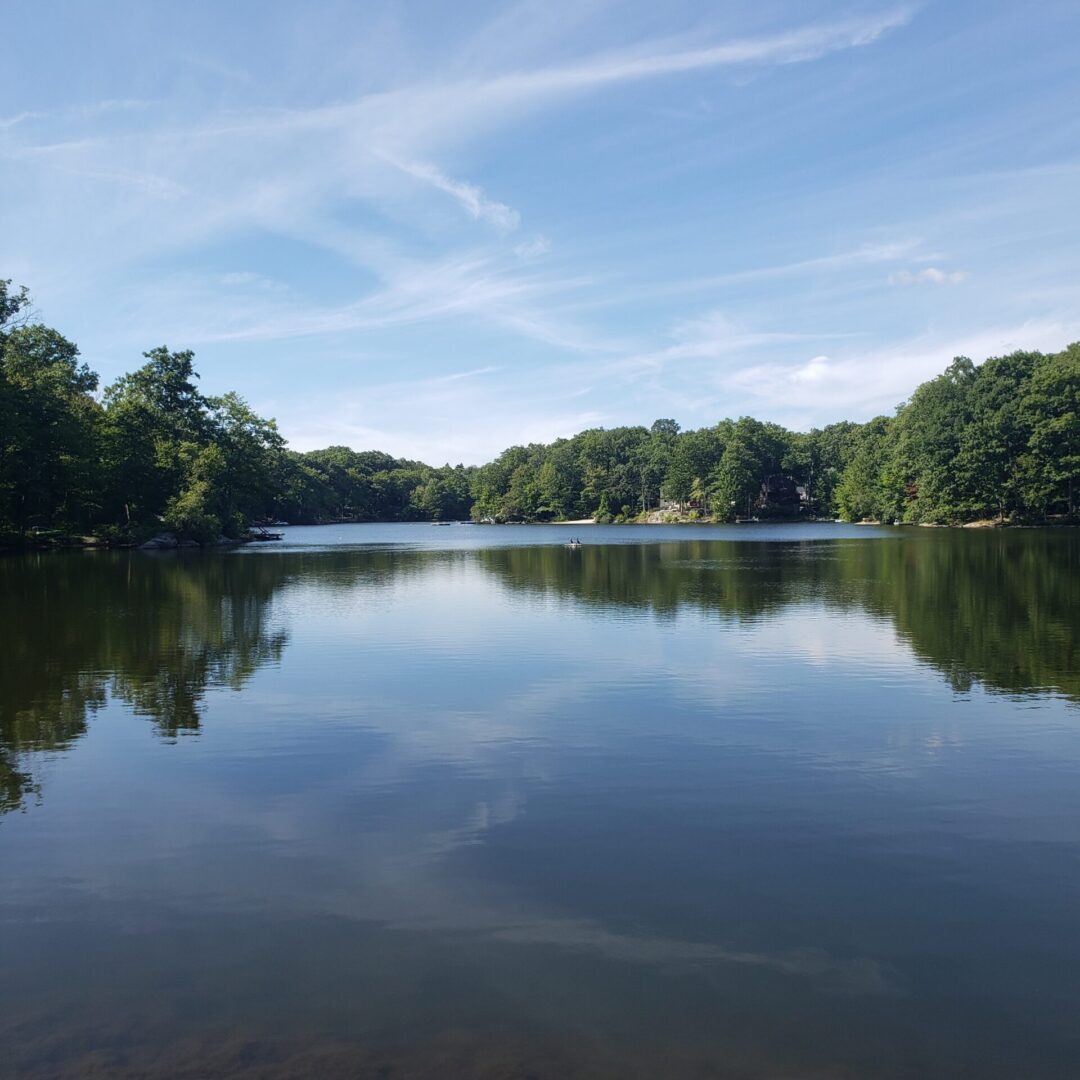
Lake Conditions Update
Lake Conditions Update as of 8/23/24
In addition to inspection, testing and treatment protocols performed by our consultant Princeton Hydro, and treatment contractor Lake Management Sciences, all five lakes have been checked for the presence of cyanobacteria or harmful algae bloom (HAB) conditions on an almost daily basis throughout most of the 2024 season. The following is a summary of current lake conditions, observations and potential plans for further improvements in our lake management efforts.
Lake 1 has consistently remained free of significant problems with aquatic weeds and algae. Some early season treatments for moderate growth invasive curly leaf pond weed and filamentous algae were all that was necessary. Testing and observations confirmed that cyanobacteria levels have remained well below the threshold levels established by NJDEP.
Lake 2 has also remained mostly free of major accumulations of weeds and algae, with spot treatments applied when/where necessary. HAB levels in Lake 2 remained low throughout much of the season but began rising slightly during the peak of the extended hot/dry period July/ August. A small localized HAB was observed to have formed briefly offshore, near Comet Row, but then dissipated. Lab testing have confirmed, however, that cyanobacteria levels have not exceeded recommended thresholds.
Although Lake 3 continues under a HAB Advisory Notice, cyanobacteria levels have begun falling slowly, but steadily over the past few weeks in response to multiple treatments applied earlier in the season. Water samples will be taken from all lakes next week and if the lab analysis confirms our observations, it may be possible to reduce the Lake 3 Advisory Notice to Watch level and reopen the lake for regular use, including swimming. Test results will be reported when they become available.
Lake 4 experienced an early-onset HAB in late June which persists despite several rounds of treatment with both copper-based and hydrogen peroxide algaecides and applications of EutroSORB to remove phosphorus from the water. Phosphorus is the primary nutrient which contributes to HAB formation. Cyanobacteria levels in Lake 4 have fluctuated in response to treatments but have not dropped below the Advisory Notice threshold.
Lake 5 has had only moderate weed and algae growth which was well controlled by routine treatment as needed. HAB conditions were not evident through most of the season, but indications of increasing cyanobacteria levels have been observed recently. The water samples and lab analysis scheduled for next week may determine that a HAB Watch notice is needed. Results will be reported when they become available.
Please remember that HABs are not new and there is no treatment that is sure to prevent or eliminate them. HABs have been around for millennia and scientific researchers, governments, universities, and health and environmental organizations around the globe are cooperating to find ways to more effectively deal with HABs.
Your Voting Board remains committed to examining the latest research and technology and working with our consultants to develop plans for continued improvements in lake management with the goal of achieving sustainable long-term results.
For more info on HABs, we urge you to visit our website at www.hlcc.org, the “Documents” section of our members portal, or the NJDEP HAB website at https://www.nj.gov/dep/hab/.
Thank you.

